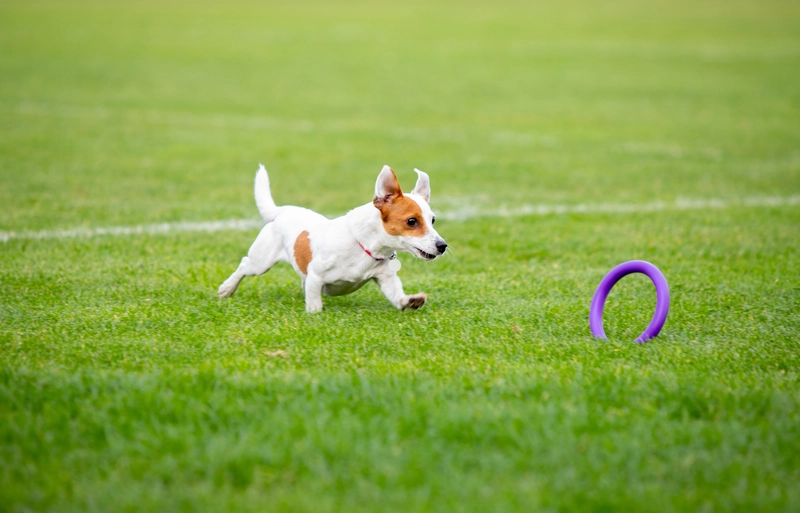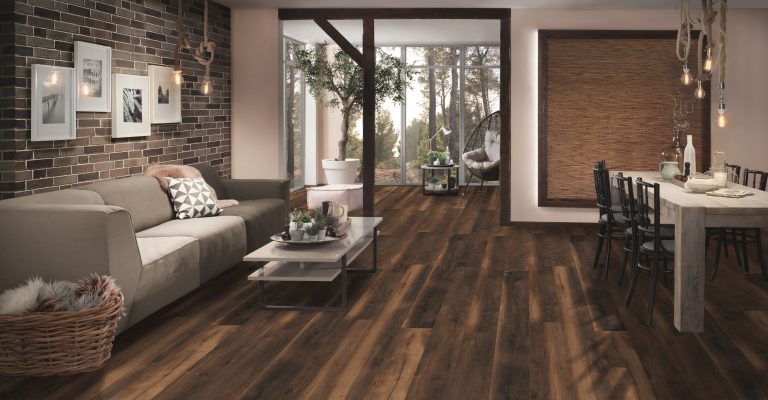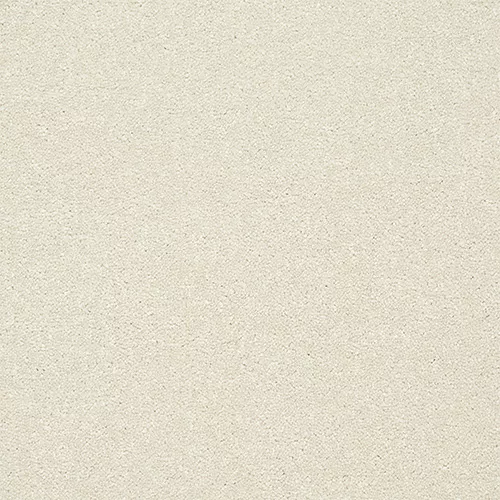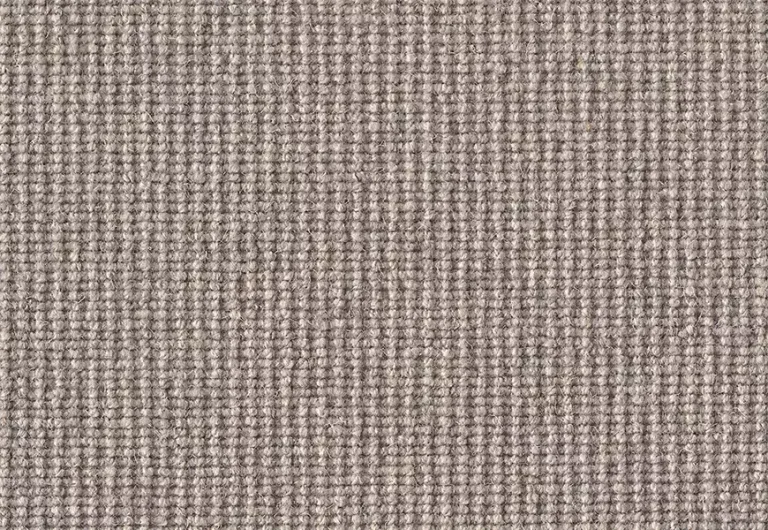If you’re a dog owner, you may be contemplating the best outdoor surfaces for your furry friend. Artificial grass offers a low-maintenance, durable option that can withstand the wear and tear of paws and playtime. It’s essential to weigh the benefits against the potential drawbacks.
This article explores the pros and cons of artificial grass for dogs, alongside maintenance tips, cleaning recommendations, and alternative surfaces like natural grass and laminate flooring. Discover what works best for your pup’s needs and lifestyle!
The Pros and Cons of Artificial Grass for Dogs
Artificial grass, often considered a convenient solution for pet owners, offers a range of benefits and drawbacks when it comes to accommodating our furry friends. The surface is designed to withstand the rigours of dog activities while providing a mud-free environment, but concerns regarding safety, cleaning, and long-term durability must also be addressed.
Many homeowners are exploring this synthetic option for their gardens, especially in regions with challenging weather conditions; however, understanding the complete pros and cons is essential to making an informed decision. Veterinarians and landscapers alike have weighed in on the impact of artificial turf on dog health and comfort, making it crucial to consider both sides before installation.
The Benefits of Artificial Grass for Dogs
One of the most significant benefits of artificial grass for dogs is its low maintenance requirement, making it an appealing choice for pet owners who want a durable and mud-free surface in their gardens. This synthetic turf eliminates the need for regular mowing and watering, allowing homeowners to enjoy a pristine outdoor space without the hassle of natural grass upkeep. Artificial grass has been designed to withstand heavy wear and tear from active furry friends, providing a comfortable area for pets to play and relax while minimising the growth of ticks and fleas, which are often found in natural grass.
This eco-friendly option promotes cleanliness by naturally draining liquids, reducing the risk of unpleasant odours and making cleanup a breeze. Unlike traditional lawns, which can harbour mud and allergens, synthetic surfaces create a cleaner environment for pets and their owners.
With a quick rinse or occasional brushing, bacteria build-up is significantly minimised, enhancing the overall hygiene of the outdoor area. Consider the following benefits:
- Durability: Resistant to fading and wear, this turf can withstand countless play sessions.
- Easy Cleaning: A simple hose down or spot clean ensures a fresh area for pets.
- Allergen Reduction: Less pollen and dust compared to natural grass lessens allergy flare-ups.
The commitment to creating a safe, attractive, and functional environment makes artificial grass an exceptional choice for dog owners seeking lasting benefits.
The Drawbacks of Artificial Grass for Dogs
While artificial grass presents several advantages, there are notable drawbacks to consider for dog owners, particularly concerning health and comfort. One of the primary concerns is the potential for heat retention, which can pose risks to pets during hot weather, making the surface uncomfortable or even unsafe for play. The synthetic materials used in installation may lead to concerns about allergies and odours resulting from dog urine, which can accumulate if not properly cleaned, potentially creating a breeding ground for bacteria.
It is essential to ensure that the artificial grass is installed with these factors in mind to minimise risks and maximise comfort for furry companions. Pet owners should consider:
- Effective Cleaning Solutions: Regular maintenance and appropriate cleaning agents can help manage odours and prevent the buildup of harmful bacteria.
- Heat Management: Look for products designed with cooling technologies to mitigate the risk of heat retention.
- Allergy Considerations: Selecting grass made of non-toxic materials can reduce the likelihood of allergic reactions in pets.
By addressing these factors, artificial grass can remain a safe and long-lasting option for pet owners, ensuring both health and enjoyment for their beloved animals.
How to Care for Artificial Grass with Dogs
Maintaining artificial grass when you have dogs is crucial to ensure cleanliness and the longevity of the turf. Regular maintenance practices not only keep the surface looking pristine but also play a vital role in preventing the build-up of bacteria and odours that can be detrimental to your pet’s health.
Dog owners should familiarise themselves with effective cleaning methods, including the use of a vacuum for debris removal, as well as specific cleaning agents that are safe for pets. Additionally, ensuring proper drainage is essential to avoid water pooling, which can lead to unpleasant odours and a poor environment for pets.
The Best Cleaning Products for Artificial Grass
In terms of keeping artificial grass clean and safe for dogs, selecting the right cleaning products is essential. Many pet owners prefer eco-friendly options that not only deodorise the surface but also eliminate bacteria without harming their furry friends. The market offers a variety of specialised cleaning agents formulated specifically for synthetic turf, which can effectively neutralise odours caused by dog urine while maintaining the integrity of the grass material. Homeowners should look for products that are biodegradable and pet-safe to ensure a healthy environment for their pets.
To enhance the hygiene and freshness of artificial lawns, pet owners often consider specific types of cleaning products that stand out in effectiveness. Enzymatic cleaners are particularly noteworthy as they break down organic waste and neutralise odours at a molecular level, making them a powerful choice for tackling tough pet messes. In addition, using deodorising sprays can instantly freshen up the area, providing a pleasant scent while ensuring that harmful bacteria are targeted.
By integrating these specialised products into their cleaning routine, dog owners can avoid potential health issues for their pets. Opting for biodegradable options not only contributes to a clean environment for pets but also supports ecological sustainability, which is increasingly vital in our world today.
How Often Should Artificial Grass Be Cleaned with Dogs
The frequency of cleaning artificial grass when you have dogs largely depends on usage and the number of pets in your household. It is generally recommended to conduct a thorough clean at least once a week to prevent the buildup of bacteria and odours, especially in areas where your pets frequently urinate or play. Regular maintenance, such as rinsing the surface with water and removing debris, can help extend the life of the turf and maintain a safe environment for your furry friends.
Along with weekly cleaning, you should also consider factors such as weather conditions, seasonal changes, and the activity level of your dogs, which can significantly influence the scheduling of cleaning.
- Weather Conditions: Rain can wash away dirt but may also create muddy patches, requiring more frequent upkeep.
- Seasonal Changes: During autumn, fallen leaves can become a nuisance, necessitating additional cleaning to prevent decay on the surface.
- Pet Activity Level: More active pets may lead to increased mess, suggesting that owners should adjust the cleaning frequency accordingly.
By paying attention to these factors, one can create a comprehensive cleaning schedule that effectively keeps the artificial grass in optimal condition and minimises potential health risks for the pets.
The Alternatives to Artificial Grass for Dogs
If artificial grass doesn’t seem like the right fit for your dogs, there are several alternative options available that can provide a suitable surface for play and relaxation.
Natural grass is often the go-to choice for many pet owners, offering a soft and familiar ground for dogs to enjoy, although it does require ongoing maintenance. Other options include gravel or stone, which can create a more durable and mud-free environment, as well as rubber mulch that provides comfort while being resistant to wear and tear.
Each of these alternatives has its own set of benefits and drawbacks that should be considered based on your pet’s needs and your lifestyle.
1. Natural Grass
Natural grass is a traditional option for many pet owners, offering a soft and pet-friendly surface that dogs love to play on. While it provides a familiar environment for pets, maintaining natural grass requires consistent effort, including regular mowing, watering, and pest control to keep it healthy and free from ticks and fleas.
This living surface not only supports the well-being of pets but also offers potential health benefits by reducing stress and providing a natural outlet for play. Pet owners should consider the maintenance challenges involved, including the prevalence of mud, which can lead to dirty paws and indoor messes, the attraction of pests like ticks and fleas, which can affect both pets and humans, and common allergens that may pose risks to sensitive animals.
Thoroughly evaluating these factors is essential for making an informed decision about whether to invest in natural grass or explore alternative landscaping options that might provide similar comfort with reduced maintenance challenges.
2. Gravel or Stone
Gravel or stone surfaces present a durable alternative to traditional grass, particularly for dog owners who are seeking a mud-free environment. These materials are less prone to damage from digging or playing, making them a long-lasting option for active pets.
When considering a surface solution, many pet owners discover that while these options minimise the mess created by mud, they bring forth a unique set of challenges. For instance, one significant advantage of using gravel or stone is their ability to drain well, reducing muddy patches during rainy periods. Pet owners should also be aware of the need for regular maintenance; loose gravel may shift over time, requiring occasional replenishment or levelling.
Pros:
- Durability against wear and tear
- Reduced mud-related issues
- Improved drainage
Cons:
- Potential discomfort for dogs
- Maintenance tasks to maintain surface quality
- Risk of stones getting lodged in paws
Ultimately, a little thoughtfulness in design and careful selection of materials can lead to a comfortable, low-maintenance outdoor space that both you and your dogs can enjoy.
3. Rubber Mulch
Rubber mulch is an increasingly popular choice among pet owners as an alternative to artificial grass, combining safety and comfort for dogs. Made from recycled materials, this option offers excellent cushioning, reducing the risk of injuries during playtime while being resistant to wear and tear. Rubber mulch is low-maintenance and provides excellent drainage, making it a practical option for pet owners who want to create a clean outdoor space.
The benefits of rubber mulch extend beyond safety; its soft, forgiving surface allows dogs to romp around freely while providing a comfortable area for them to relax. With its vibrant colours, rubber mulch can also enhance the visual appeal of your garden or play area.
Potential pet owners should consider some drawbacks, including temperature retention during hot weather, which can affect the comfort of pets during warm summer days. When weighing comfort and safety, rubber mulch definitely presents a favourable choice for accommodating dogs and creating an enjoyable environment for play and relaxation.
To help you make an informed decision, here are some key points to consider:
- Soft and cushioned surface for increased safety.
- Visually appealing with various colours available.
- Low-maintenance and easy to clean.
- Potential heat retention in warmer months.
Rubber mulch can be a worthy investment for any pet owner who values both safety and aesthetics.
4. Synthetic Turf
Synthetic turf, similar to artificial grass, is designed with durability and ease of maintenance in mind, making it an appealing alternative for dog owners. This option provides a consistent surface that can handle the wear and tear of active pets, and modern synthetic turf options are often engineered to offer better drainage and cooling features. While it shares many benefits with artificial grass, it is important to select high-quality materials to ensure your pets have a safe and comfortable experience.
One of the standout qualities of synthetic turf is its minimal maintenance requirements. Unlike natural grass, it does not require regular mowing, watering, or fertilising, which is especially beneficial for pet owners who want to spend time playing with their dogs rather than handling garden work. Its design allows for quick cleanup after pet activities; waste can simply be picked up and hosed down without residue.
The turf is resistant to stains and odours, making it a clean and sanitary option. It also has built-in UV protection to prevent fading, ensuring that your outdoor space remains vibrant and inviting. Many synthetic turf installations include a special infill that provides added cushioning underfoot, enhancing comfort for pets while they play.
All these factors combine to create a truly pet-friendly environment, allowing dogs to frolic and relax on a surface that does not compromise their safety or comfort.
That’s a complete explanation of the pros and cons of artificial grass for dogs that you should understand. If you are interested in bringing artificial grass to your home, you can directly contact TEKA Flooring to get the best quality of artificial grass.
Don’t worry, there are many types of artificial grass from TEKA Flooring that you can choose from according to your preferences or needs. Learn more about how to choose the best artificial grass for dogs.
Read also:

































